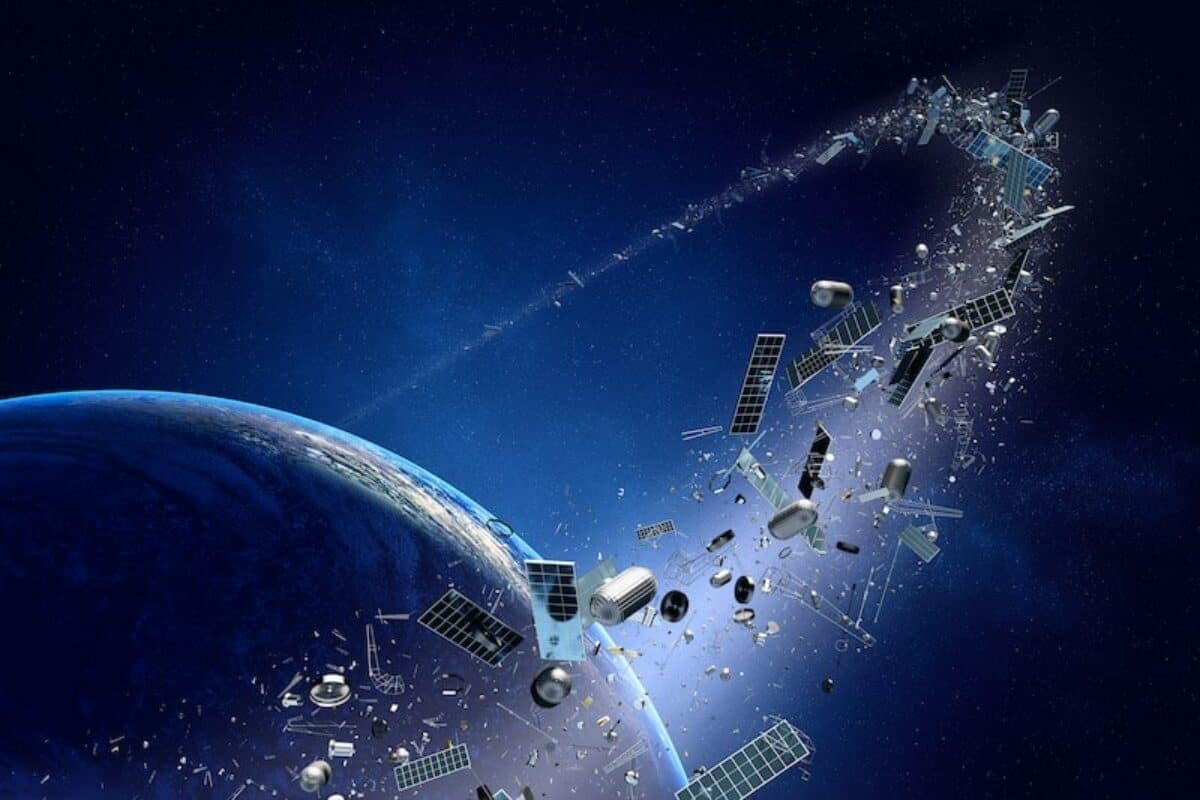By FOCUS, a Leonine Business
Exploring legislative efforts to regulate space debris liability.
Over the last decade, private and public partnerships designed for advancement in space travel have flourished with entrepreneurs such as Elon Musk of Space Exploration Technologies, or more commonly known as SpaceX, at the helm.
As Starman (queue Lucy in the Sky with Diamonds) makes his way toward Mars utilizing reusable launch vehicles designed by SpaceX, the question of responsible space practices is brought to the forefront. With the development of the Space Force, a military branch formed under the Department of Defense earlier this year, command and control of Low Earth Orbit (LEO) has become a national security interest, including increased scrutiny of current space orbital debris and liability. This rapidly growing industry has attracted the attention of state and federal governments alike, enacting new legislation and regulations to keep pace with development and encourage this new growth in their respective constituencies. Keeping track of these bills is a crucial first step to staying ahead of the competition, and that is where FOCUS can lead the way.
According to the National Aeronautics and Space Administration (NASA), more than 500,000 pieces of space debris, or space junk, the size of a marble or larger are within LEO and moving at speeds up to 17,500 mph. Needless to say, if you have seen the movie Gravity, then you’re aware of the risks associated with multibillion-dollar satellites or spacecraft colliding with a marble-sized piece of space junk at high speed.
If a collision does occur, causing a Kesslerian-type effect to rip across low earth orbit, who is then held responsible?
Let’s look at the history.
Consideration over spacecraft and space debris liability began during the height of the space race. In 1972, the international community recognized the need for setting standards for on-orbit liability due to a growing number of spacecraft in LEO. With 94 ratifications and 23 more signatories, the 1972 Convention on International Liability for Damage Caused by Space Objects, or simply known as The Liability Treaty, set the tone for liability of spacecraft. The convention dictates that any spacecraft that causes ground-based damage or damage to any aircraft is the launching state’s fault regardless of circumstance.
A system was established by the liability treaty to aid in determining fault and what course of action is suitable afterwards when damages occur in space. This function, however, has been rarely used and is not specific on exact measures to be taken, other than using diplomatic channels or establishing a claims commission.
With the state of on-orbit liability at times vague and undefined, this could lead to potential issues when dealing with space junk and other orbital debris. Not only does space debris clog up orbital space that could be occupied by new satellites under development, small and large pieces of high speed debris could cause severe damage to existing spacecraft, forcing their modification, shutdown and potential total loss of valuable equipment. Each collision risks further growth of an uncontrolled debris field, endangering even more spacecraft. The liability for such an incident could be financially disastrous and stifle continued growth of the commercial spaceflight industry.
According to a survey of industry professionals in 2018, The Center for Space Policy and Strategy found near-unanimous agreement that the treaty did not go far enough in addressing present-day concerns for on-orbit liability and that further guidance from regulatory bodies was necessary to meet the needs of the industry today. Utilizing the Liability Treaty as a stepping stone to generate new policies could lead to better clarity and understanding across the aeronautics industry.
Federal agencies, such as the Federal Aviation Administration, Department of Defense, National Aeronautics and Space Administration and more, could all have a say in how on-orbit liability grows and expands with the industry. Tracking these new laws and regulations are crucial for businesses involved in spacecraft launch, development and management.
The “American Space Commerce Free Enterprise Act of 2019,” US HR 3610, highlights provisions for knowing, if available, who is liable for spacecraft operations before an application for certain nongovernmental space activities can be authorized. HR 3610 remains pending in committee, but continues to have dramatic potential on the industry. Provisions of US HR 5556, The National Aeronautics and Space Administration Authorization Act of 2020, also orders an assessment of government and commercial liability for suborbital flights involving government-sponsored payloads. HR 5556 was transmitted by the Space and Aeronautics Subcommittee to the House Science, Space and Technology Committee on January 29. Knowing exactly who is liable for spacecraft, orbital debris, assessing risk and more is essential for businesses to succeed in today’s market and the network of ever evolving regulations.
With more launches, more orbital equipment, high-speed space debris and the risk of an ever-crowding space, aerospace industries need to be in-the-know as new laws and regulations become available, and even in the forefront of making those policy changes…
Just watch out for the space junk on your way.


